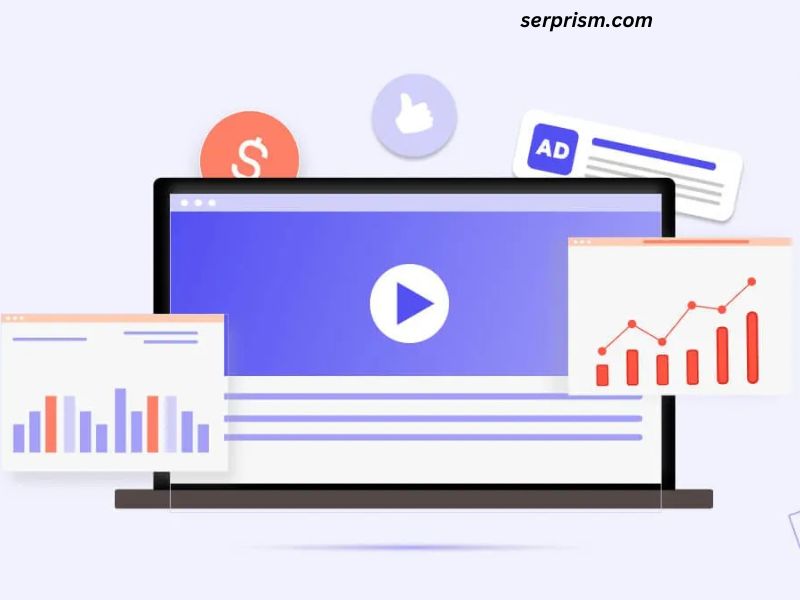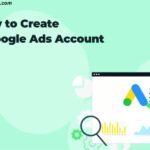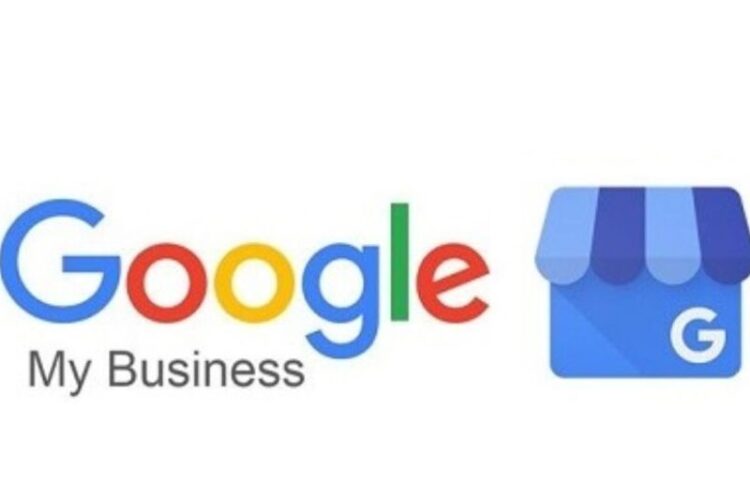
Facebook ads are a popular tool for businesses to generate leads and attract potential customers. However, despite their widespread use, there are notable downsides to optimizing Facebook ads for leads. While this strategy may seem appealing at first glance, businesses often face unexpected challenges that can hinder their overall success. In this article, we will explore the major downfalls of doing Facebook ads optimized for leads and why businesses should carefully reconsider this approach.
1. Quality of Leads Can Be Compromised
When you optimize Facebook ads for leads, the primary focus is typically on gathering as many leads as possible. Unfortunately, this often leads to a dilution in the quality of those leads. Since the algorithm is designed to prioritize volume, it may bring in contacts that aren’t highly qualified or ready to convert into customers. These low-quality leads waste resources, as businesses end up spending time and money trying to convert uninterested or irrelevant individuals
.
This is particularly concerning for industries where the sales process requires deeper qualification, such as B2B services or high-ticket consumer products. The volume of leads may look impressive, but if most of them aren’t genuinely interested in the product or service, your conversion rates will suffer.
2. Higher Costs and Lower ROI
Facebook’s ad platform relies on sophisticated algorithms to optimize ad campaigns. However, when optimizing for leads, the bidding strategy often leads to higher costs per lead. This is due to Facebook’s algorithm targeting a broader audience, which can drive up competition for ad space. The more people that are bidding for the same audience, the higher the price tag on each lead.
Furthermore, when focusing solely on lead generation, businesses may ignore other valuable metrics, such as customer lifetime value or long-term engagement. While you may gain many leads initially, you could ultimately see a lower return on investment (ROI) if those leads don’t convert into paying customers or repeat clients
.
3. Difficulty in Qualifying Leads Efficiently
Lead generation forms on Facebook can often be overly simplistic. While tools like Instant Forms allow for quick and easy lead collection, they often miss out on gathering critical information that would help businesses properly qualify leads. By only asking basic questions like name, email, or phone number, businesses may fail to capture information about the lead’s true intent or purchasing power
.
Without a robust system in place to filter and qualify these leads further, businesses might spend excessive time nurturing leads that have little potential to convert. This can become particularly problematic if the business relies solely on Facebook’s lead generation tools without supplementing it with additional sales or CRM tools.
4. Over-Reliance on Facebook’s Algorithm
When you optimize Facebook ads for leads, you place a great deal of trust in Facebook’s algorithm. While it’s highly advanced, the algorithm doesn’t always prioritize the right leads for every business. For example, a business targeting a niche market may find that Facebook’s automated optimizations bring in a large quantity of leads, but many of them don’t match the profile of the ideal customer
.
Additionally, Facebook’s algorithm can sometimes prioritize lower-cost actions, leading to an influx of leads that are easier to acquire but not necessarily the right fit for your business. This reliance on automation can stifle creativity in targeting and limit the control a business has over its lead-generation strategies.
5. Limited Customization in Ad Formats
Facebook lead ads come with a range of customization options, but they’re still constrained compared to traditional landing pages or more comprehensive lead capture tools. While Instant Forms are designed to minimize friction and increase conversion rates, they may not offer enough customization for more complex offers or industries. For example, businesses with multiple service offerings or specialized products may find it difficult to effectively communicate the nuances of their offer through Facebook’s simple form format
.
Without the ability to deeply customize the ad experience, businesses may miss out on opportunities to showcase their unique selling points or tailor the message to different segments of their audience.
6. Potential for Increased Spam and Low Engagement
Facebook lead ads can attract an overwhelming number of form submissions, but not all of them will be legitimate. Some users may fill out forms simply to receive a free offer or incentive, with no intention of following through with the business. This can result in increased spam and reduced engagement with actual leads. Even though Facebook offers a form of verification, such as pre-filled data, this doesn’t fully eliminate the risk of receiving invalid or irrelevant submissions
.
Moreover, when businesses are focused solely on collecting leads, they may overlook other forms of engagement that are crucial for nurturing long-term customer relationships. Without a solid strategy for post-lead engagement, many of these leads will drop off, leaving businesses with a long list of names that don’t convert.
7. The False Perception of Success
Finally, optimizing for leads can create a false sense of success. Businesses may focus solely on lead volume, believing that more leads directly correlate with business growth. While lead generation is an essential part of any marketing strategy, it’s only valuable if those leads are nurtured and converted into paying customers. Without clear tracking and follow-up strategies, businesses may be misled into thinking their ad campaign is successful when, in reality, it’s not generating any meaningful revenue
.
This can cause businesses to pour more resources into lead-generation campaigns without addressing the deeper issues in their sales funnel, such as lead nurturing, follow-up strategies, and conversion tactics.
8. Difficulty in Tracking and Measuring Effectiveness
Tracking and measuring the effectiveness of a Facebook ad campaign optimized for leads can be challenging. Facebook provides analytics tools, but these may not offer the level of detail required to fully understand lead quality and conversion potential. Without proper tracking and analysis, businesses might struggle to determine if their leads are coming from high-value sources or if their ad spend is being wasted
.
Additionally, relying on Facebook’s built-in metrics can limit your ability to perform a more granular analysis of how leads move through the sales funnel. This can result in businesses missing critical insights that could help improve future campaigns.
Conclusion
While Facebook ads optimized for leads can be an effective tool for certain types of businesses, they come with significant downfalls that should not be overlooked. From compromised lead quality and higher costs to over-reliance on Facebook’s algorithm and limitations in customization, businesses need to carefully weigh the benefits against the drawbacks. To maximize the effectiveness of their advertising efforts, companies should consider a more holistic approach, combining Facebook lead generation with other strategies such as refined targeting, improved qualification systems, and more personalized follow-up tactics.
By understanding the limitations of Facebook lead ads and addressing them proactively, businesses can avoid common pitfalls and run more successful, cost-effective campaigns.



